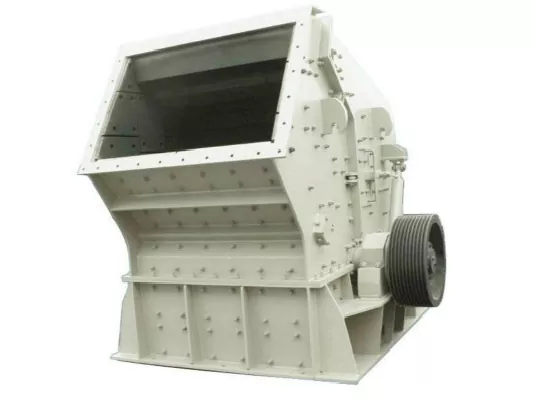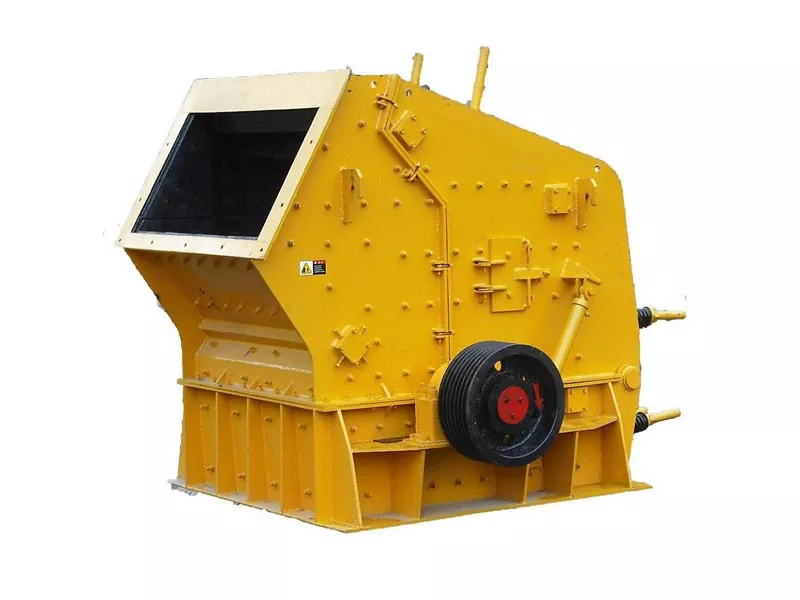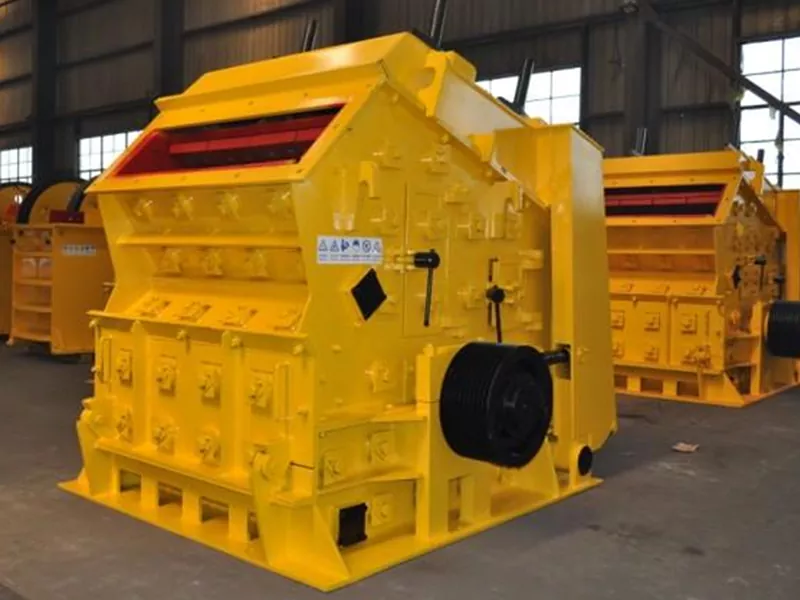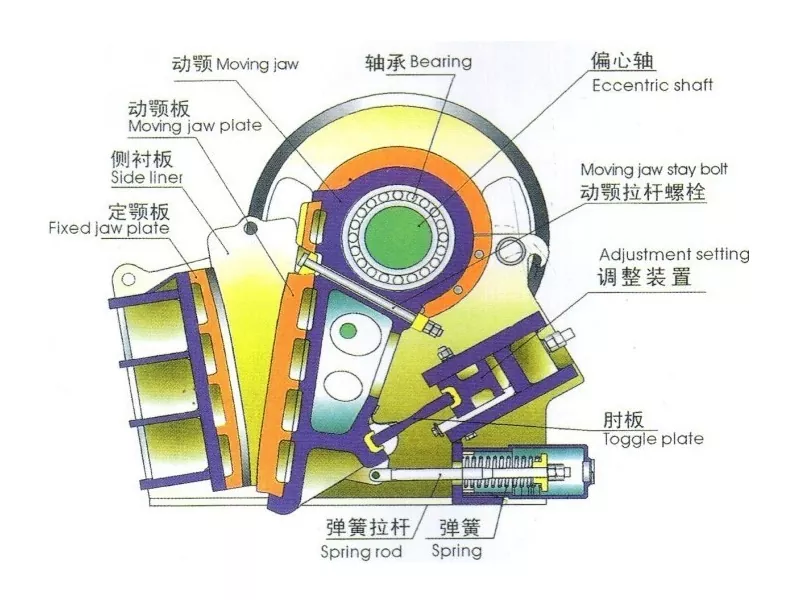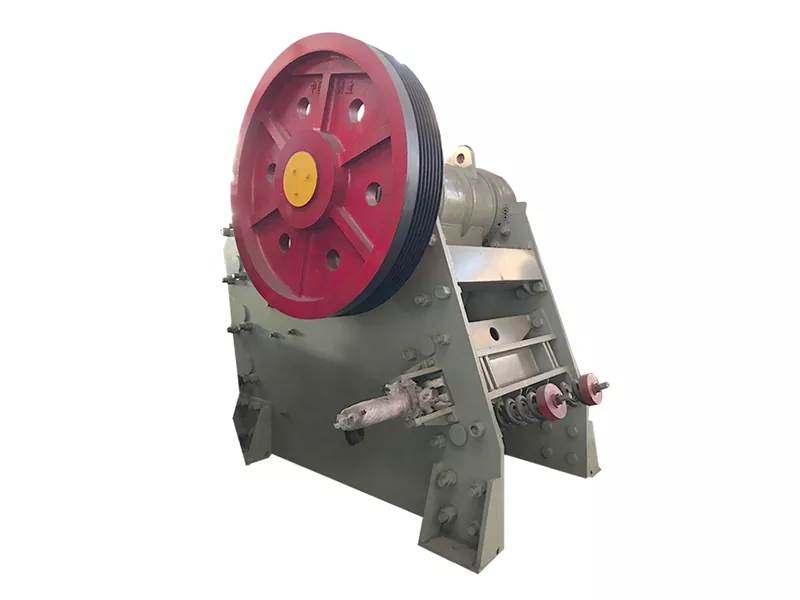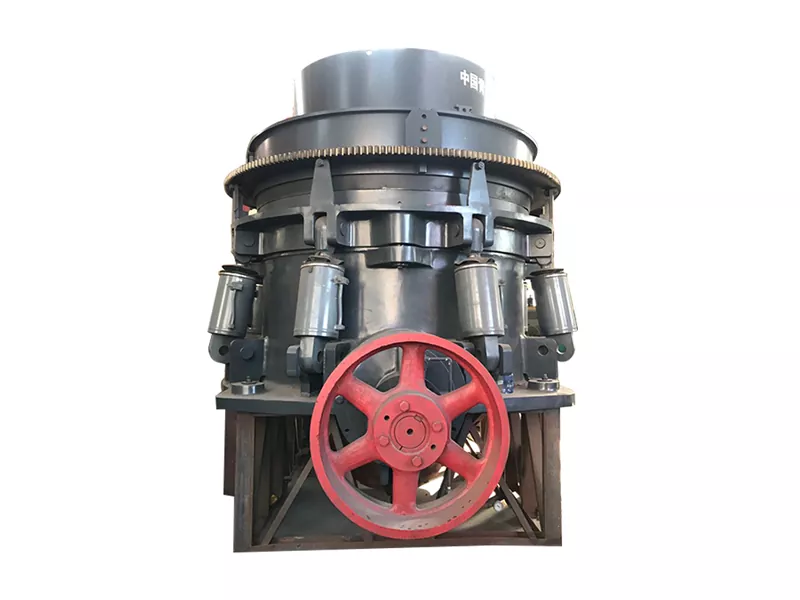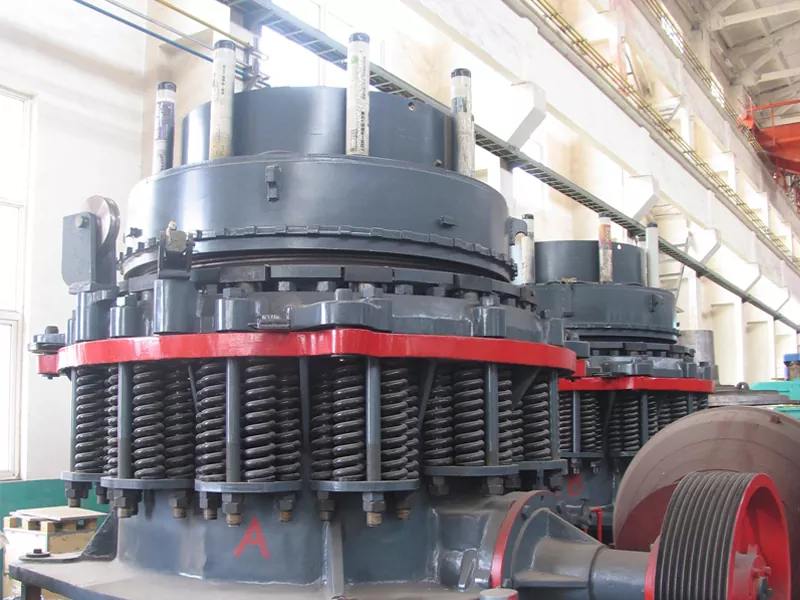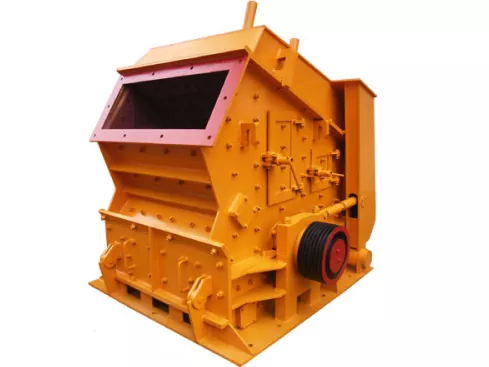 English
English Español
Español  Português
Português  русский
русский  Français
Français  日本語
日本語  Deutsch
Deutsch  tiếng Việt
tiếng Việt  Italiano
Italiano  Nederlands
Nederlands  ภาษาไทย
ภาษาไทย  Polski
Polski  한국어
한국어  Svenska
Svenska  magyar
magyar  Malay
Malay  বাংলা ভাষার
বাংলা ভাষার  Dansk
Dansk  Suomi
Suomi  हिन्दी
हिन्दी  Pilipino
Pilipino  Türkçe
Türkçe  Gaeilge
Gaeilge  العربية
العربية  Indonesia
Indonesia  Norsk
Norsk  تمل
تمل  český
český  ελληνικά
ελληνικά  український
український  Javanese
Javanese  فارسی
فارسی  தமிழ்
தமிழ்  తెలుగు
తెలుగు  नेपाली
नेपाली  Burmese
Burmese  български
български  ລາວ
ລາວ  Latine
Latine  Қазақша
Қазақша  Euskal
Euskal  Azərbaycan
Azərbaycan  Slovenský jazyk
Slovenský jazyk  Македонски
Македонски  Lietuvos
Lietuvos  Eesti Keel
Eesti Keel  Română
Română  Slovenski
Slovenski  मराठी
मराठी  Srpski језик
Srpski језик
Impact Crusher
Send Inquiry
Impact crusher (impact crusher) is mainly used in metallurgy, mining, cement, chemical industry, refractory materials and ceramics and other industrial sectors, as well as highway construction, water conservancy projects, building gravel, machine-made sand processing and other fields.
[Feed particle size]: 300-700mm
[Production capacity]: 30-550t/h
[Application range]: various ore crushing, railways, highways, energy, cement, chemical industry, construction and other industries.
[Product introduction]: This series of impact crushers can process materials with a side length of 100-500 mm or less. Its compressive strength can reach up to 350 MPa. It has the advantages of large crushing ratio and cubic particles after crushing. It is suitable for crushing medium-hard materials. The discharge particle size can be adjusted and the crushing specifications are diversified.
Advantages and characteristics
1. Large feed inlet, high crushing chamber, high hardness of adapted materials, large block size, and less stone powder in the product.
2. The gap between the impact plate and the hammer can be easily adjusted to effectively control the discharge particle size and good particle shape.
3. Compact structure, strong machine rigidity, and large moment of inertia of the rotor.
4. High chromium plate hammer, impact resistance, wear resistance, and large impact force.
5. Keyless connection, easy maintenance, economical and reliable.
6. Complete crushing function, high productivity, low wear of machine parts, and high comprehensive benefits.
Working principle
The impact crusher is a crushing machine that uses impact energy to crush materials. When the machine is working, driven by the motor, the rotor rotates at high speed. When the material enters the plate hammer action area, it collides with the plate hammer on the rotor and is crushed. Then it is thrown onto the impact device and crushed again, and then bounces back from the impact lining to the plate hammer action area and crushed again. This process is repeated, and the material enters the first, second, third, and counterattack chambers from large to small and is repeatedly crushed until the material is crushed to the required particle size and discharged from the discharge port. Adjusting the gap between the impact frame and the rotor can achieve the purpose of changing the material discharge particle size and material shape.
The structure is simple and consists of a casing, a rotor and an impact plate. The main working part of the impact crusher is a high-speed rotating rotor with a plate hammer. During the reciprocating impact process, the material blocks also collide with each other. As the material is hit by the plate hammer, the impact of the impact plate and the collision between each other, cracks and loosening are constantly generated inside, which eventually leads to crushing. The impact device is used to withstand the material hit by the plate hammer and rebound it out. The main component is the impact plate, which is welded with steel plates. There are wear-resistant linings on its impact surface, and some use impact bars or grating plates.
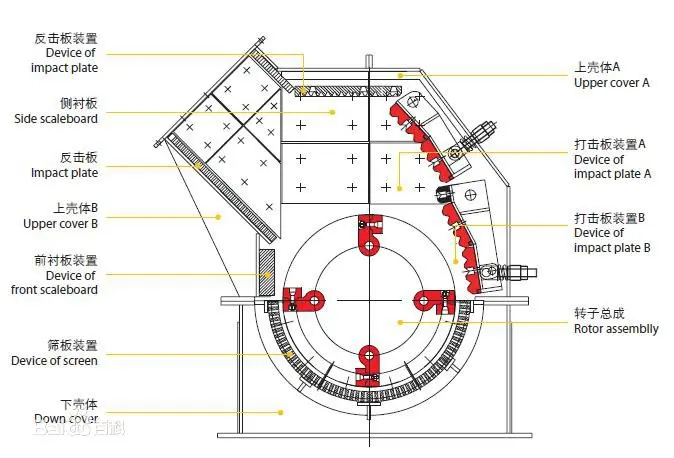
Technical parameters of secondary and tertiary impact crushers
| Model |
Feed size (mm) |
Motor power (kw) |
Productive power (t/h) |
Overall dimension W×D×H(mm) |
| Cl1110 | 250 | 160 | 60-210 | 2826×2087×2285 |
| Cl1213 | 300 | 200 | 80-280 | 2903×2530×2411 |
| Cl1316 | 300 | 250 | 100-350 | 3320×2770×2535 |
| Cl1521 | 350 | 2x(200-250) | 200-600 | 3450×3620×2770 |
Primary impact crusher parameters
| Model |
Feed size (mm) |
Motor power (kw) |
Productive power (t/h) |
Overall dimension W×D×H(mm) |
| Cl1313 | 600 | 200 | 100-480 | 2972×2560×2937 |
| Cl1415 | 600 | 250 | 120-600 | 2985×2790×3068 |
| Cl1620 | 800 | 2x(200-250) | 220-900 | 4261×3480×3780 |
| Cl2023 | 800 | 2x500 | 400-2000 | 5151×4424×4712 |


